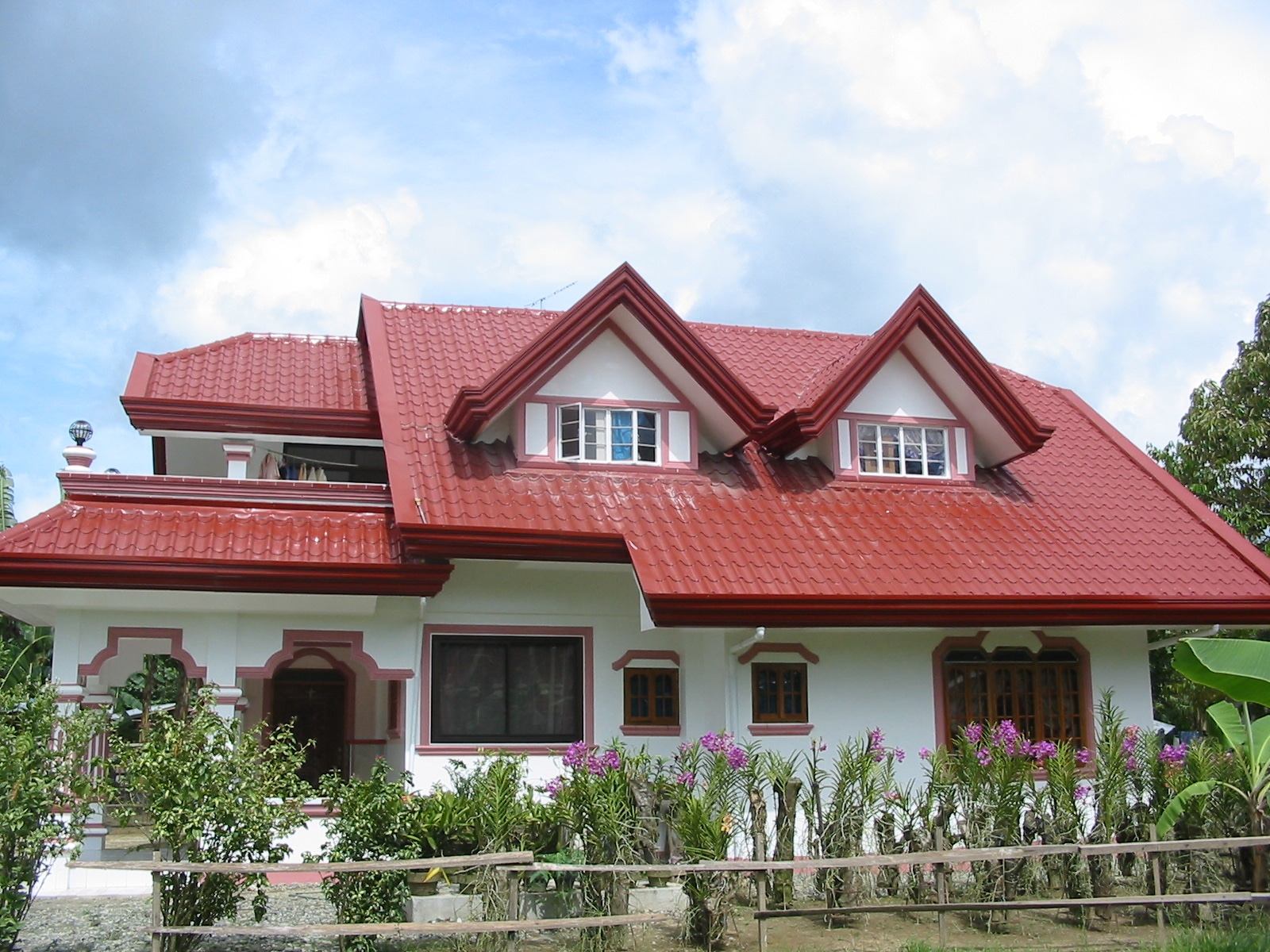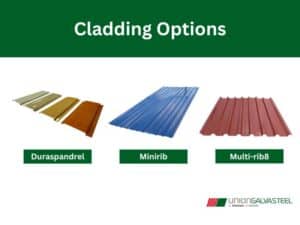The roof is as vital as any other part of the house. While the walls would help set the partitions in differentiating one part of the house from the other (the comfort room, the bed room, the kitchen, the garage, etc.), the roof covers all of these sections, protecting them from the various weather conditions and outside climate. For the most part, a roof would be able to handle all of these, deflecting them well enough so the indoor areas would at least be protected from wet rain or moist humidity. However, not every roof is capable of doing that 100% of the time. When it comes to a home’s architecture makeup and roofing, knowing the various roof types and their strengths and weaknesses would be beneficial, not only to the residents, but to the people responsible for constructing it as well. Knowing which roof type would best work for you, depending on your location and its common weather condition, would prove very useful in the long run.
1) Wooden Roofing
Wooden roofing may not be everyone’s first option, and that is understandable, since wood isn’t really the very first material that comes to mind when referring to the word “durable.” But do not be deceived by this common misconception, as wood has been utilized by our ancestors during the hay days of traditional architecture and structures. Back when iron and cement weren’t conceived yet as acceptable building materials, wood was used for the most part, with only the nails being the metal parts that would keep each wooden piece together. The foundation, walls, and especially the roof were all made of wood. And while it may seem impractical at first, houses built entirely of wood surprisingly lasted long, due to the fact that the wood types used were from trees that demonstrated durability, being able to withstand strong winds without being pulled from their roots. The durability shown by the whole house extended towards its roofings, where the advantages of the said materials stood out most. One of them is the long lifespan. This is evident among cedar shingled roofs, which is highly adaptable (adding the local climate and the thickness of the cut to the equation, of course). Aside from the lifespan, the aesthetics added by wood is also another one of its advantage. There is just something about wood that provides an all-natural look, perfect for houses built in the province. Of course, being all-natural would also mean that they are environmentalfriendly, so you’re not hurting mother nature each time you’d use a wooden roof. Oh, and did we mention that they are also lightweight? That’s right, wooden roofs are lightweight and durable, so regardless of the current Philippine weather, they’d at least be able to withstand strong winds and precipitation. Now, having its own advantages doesn’t save it from having its disadvantages as well. While it may hold up against rain and moist weather, fire is a different matter overall. Some municipalities would even ban structuring of wooden houses for this particular reason, hence, why people who would like to pursue having a wooden home would not be able to as it is against the rules and regulation. Speaking of bans, wooden roofings also come at a high price, due to the fact the materials are scarce, as the Philippines has been implementing log bans in the previous years up to the present day. Some wooden roof would also require regular treatments involving preservatives and fungicides in order to keep the roof from drying out, warping, cracking, and attracting mildew. So while it may seem all-natural, the procedures in preserving it are not, so keep that in mind.
2) Asphalt Roofing
Asphalt roofing or asphalt roof shingles are somewhat costly, yet, still more affordable than wooden roofings. Now, this isn’t to say that asphalt shingles aren’t good for housing structures. They also have a few advantages up their sleeves, which can give wooden roofings a run for its money. For one, asphalt roofings are much more accessible, being readily available at most home improvement stores. You may even find one in your local branch if you look hard enough. Aside from that, they are also fire resistant, something that wooden roofings are majorly weak against. They do not require constant maintenance like wooden roofings as they do not dry out, warp, crack, and attract mildew, and are capable against multiple weather conditions here in the Philippines. They are also easy to apply, something that your home constructors would appreciate, as it would ease up their overall tasks. Now, as with all other roofing materials, they also have their disadvantages, with asphalt not being really hailed as an environmental-friendly material to start off. Of course, we’ve already mentioned about its lifespan, and lastly, its vulnerability to strong winds, heat, and storm damage. Yes, it can withstand multiple weather conditions as we’ve mentioned before, but that depends on how extreme these said weather conditions are. So choose wisely.

3) Metal Roofing
Perhaps one of the most viable choice when it comes to roofing materials, metal roofings stand out where the other materials don’t. You might say, “Well, the term metal roofing may seem a bit too broad.” And you are correct, as there are various metals out there such as steel, aluminum, and copper. However, the broadness of the term does not hold back its collective advantages when utilized as a roofing material. For starters, metal roofings are available in a wide variety of styles and colors which complement most architectural style. Of course, aesthetics would mean nothing without durability, which is why some metal roofings would come with zinc coatings, increasing its strength and lifespan overall. It would usually last for an amazingly long time, so just imagine having your house built during your adult years, and then have it consistently stand against weather conditions even after you’re long gone. Metal roofing materials are also fire resistant, so you wouldn’t have to worry about any property damages in case something unfortunate were to occur. Now, when it comes to its disadvantages, there isn’t really much you’d have to worry about. For one, its installation would require a highly qualified, licensed, and experienced contractor who specializes in metal roofing. So if finding the right professional to do your roofings for you isn’t much of a hassle, then by all means, go for it.
Overall, seeing that the three materials have their own advantages and disadvantages, the clear winner would always be the one which has a significantly lower impact when it comes to its disadvantages. Metal roofing makes its mark as the most dominant and efficient choice as it continues to provide that durability and six decades of lifespan that the other materials aren’t able to level with. If you’re still unconvinced, then don’t take it from us. Take it from a well-trusted name that has been around for years, providing the best options when it comes to roofing materials and ingenuity. Take it from Union Galvasteel. Their varieties of hot-dip Zinc-coated metal roofings would amaze you. For more information, you may visit their official website at https://www.ugc.ph/productcategory/products/roofing-walling-and-claddings/.




